What the F is The Coral Triangle?
The Coral Triangle is, without question, the greatest center of biodiversity in the marine world. Even though it holds just 1.5% of the total ocean area across the globe, it houses:
76% of coral species on the planet
Nearly 50% of known marine life
Six of the world’s seven marine turtle species
The Coral Triangle is considered one of the three mega-ecological complexes on our planet, together with the Congo Basin and the Amazon Rainforest.
We stumbled on this listicle on Reef-World.org, that describes how the Coral Triangle is, well, the superlative of superlatives. It’ll probably have you looking forward to June 9th – annually designated “Coral Triangle Day”, to raise awareness about marine conservation. And to accompany our reprint of the article, we’re sharing actual photos taken by our travelers on our Everything To Sea trips. Get ready for a truly special treat…
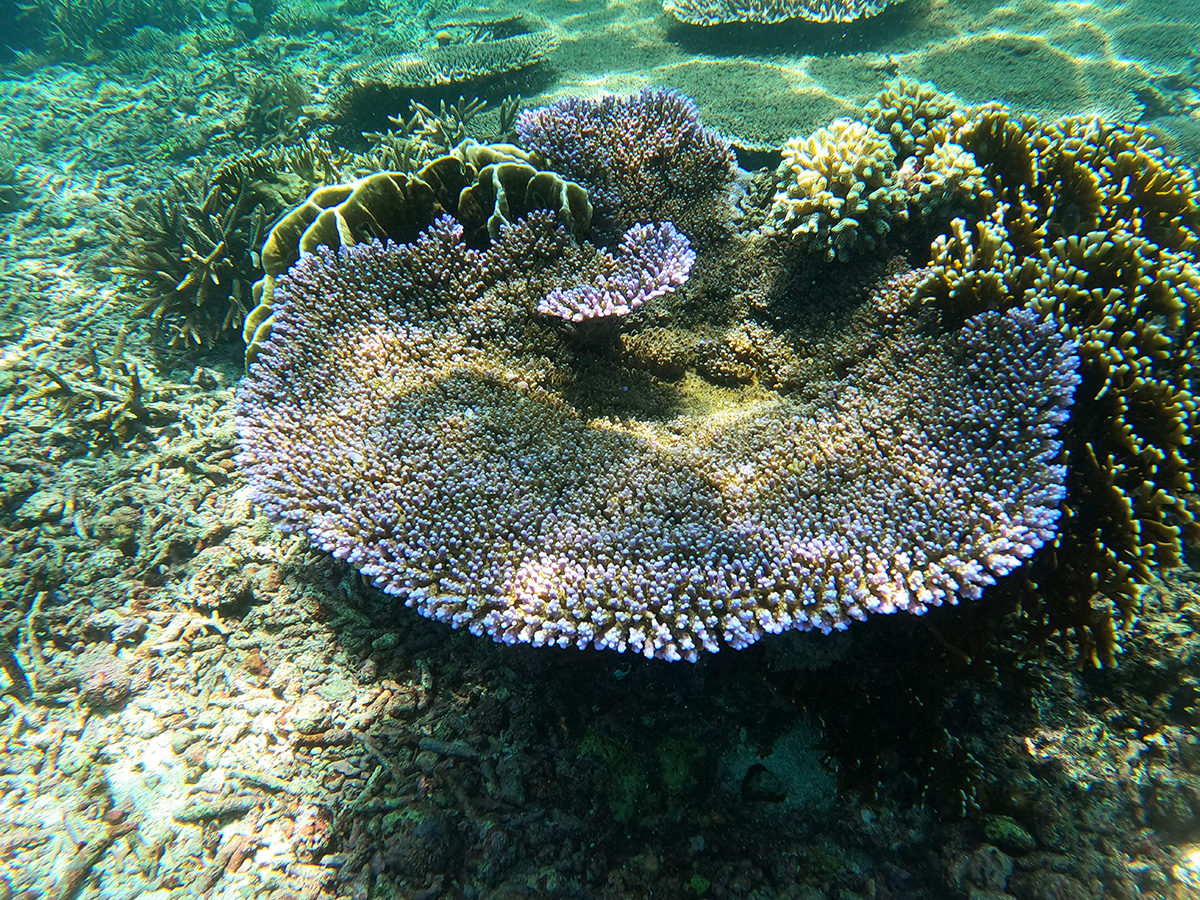
Coral Triangle Day (which makes a splash on the 9th of June) is the o-fish-al celebration of the world’s epicenter of marine biodiversity. The Coral Triangle is one of the richest centers of biodiversity on the planet (which – if you’re marine geeks like us – is more than a little bit exciting!). Straddling six countries from its core, it’s an area of ocean that covers parts of Malaysia, Indonesia, Papua New Guinea, Timor Leste, the Solomon Islands and the Philippines. To mark this special date, we’re sharing some amazing facts about the Coral Triangle – plus a few reasons why we should protect it.

1. IT’S KNOWN AS THE AMAZON OF THE SEAS
You’ve probably heard that the Amazon Rainforest is big. Mind-bogglingly big. In fact, it’s the largest rainforest and river system we have and the most biologically diverse place on Earth. No prizes then for guessing why the Coral Triangle is often referred to as the ‘Amazon of the Seas.’ This underwater region is the creme de la creme of marine biodiversity. It’s home to 15 species found nowhere else on the planet and has more reef fish diversity than anywhere else too. Incredibly, 37% of the world’s coral reef fish live here.
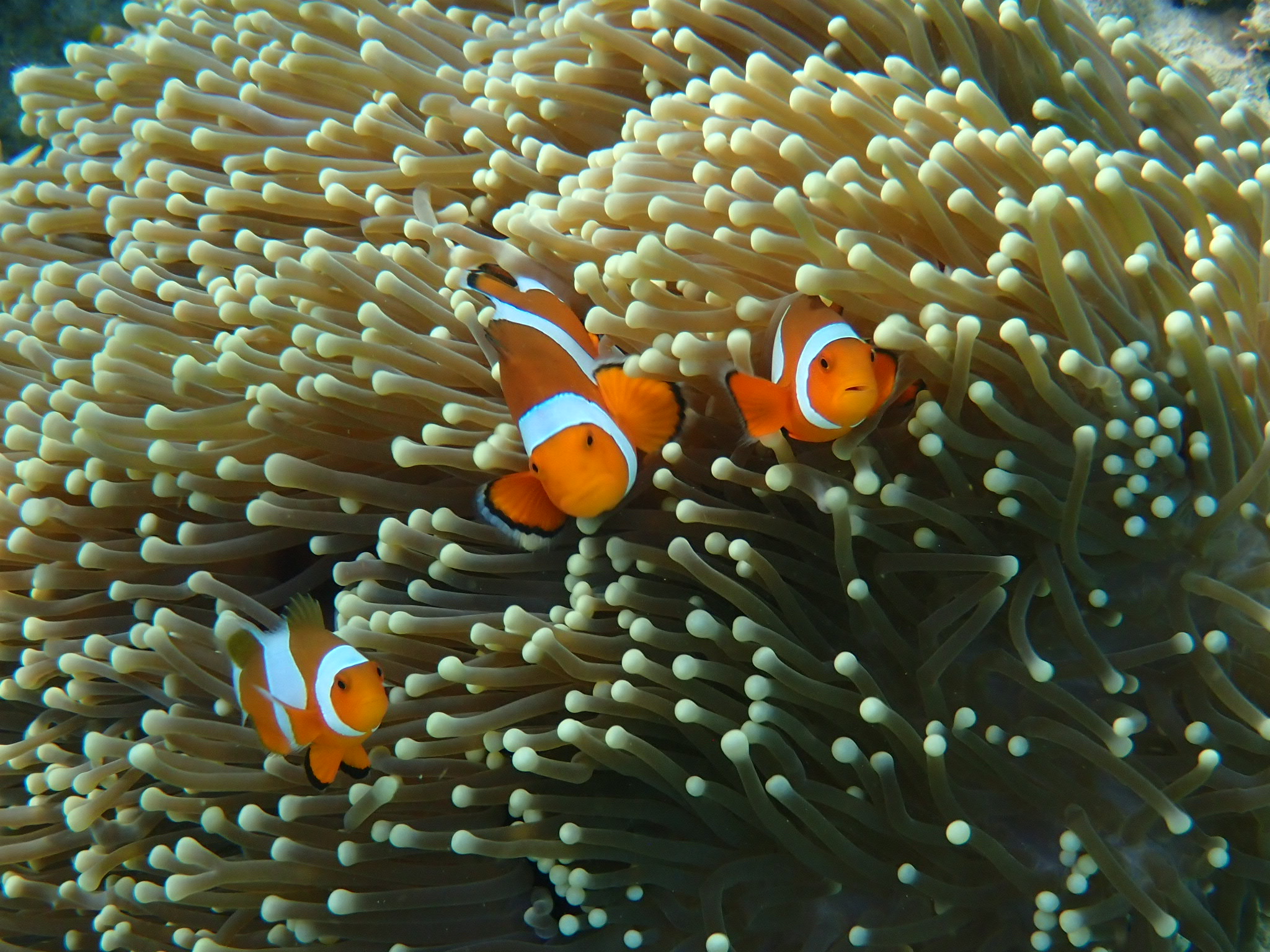
2. IT HAS THE HIGHEST CORAL DIVERSITY IN THE WORLD
Despite covering just 1.5% of the world’s surface, the Coral Triangle is home to 30% of the planet’s coral reefs. 76% of all coral species are found here (that’s 605 out of 798!), making it home to the highest coral diversity in the world. Compare that to Australia’s Great Barrier Reef, which hosts fewer than 500 and the Caribbean, home to only 61 species (OK, it’s not a competition, but the Coral Triangle wins hands-down). Much to the delight of scuba divers, the ‘bulls-eye’ of all that coral diversity can be found in the epicenter of the Bird’s Head Peninsula, in the Raja Ampat archipelago.

3. IT’S HOME TO 6 OUT OF 7 SPECIES OF MARINE TURTLE
With its miles of protective reef, seagrass beds and nesting beaches, the Coral Triangle is an absolute turtle magnet. So much so that it’s home to 6 out of 7 of the world’s marine turtle species – including the likes of the hawksbill, leatherback and loggerhead. Though, like many other marine species, turtle populations have declined rapidly due to stressors like pollution, unsustainable fishing practices and coastal development. Turtles have been found to swim thousands of miles to nesting grounds only to find that their beaches are disappearing.
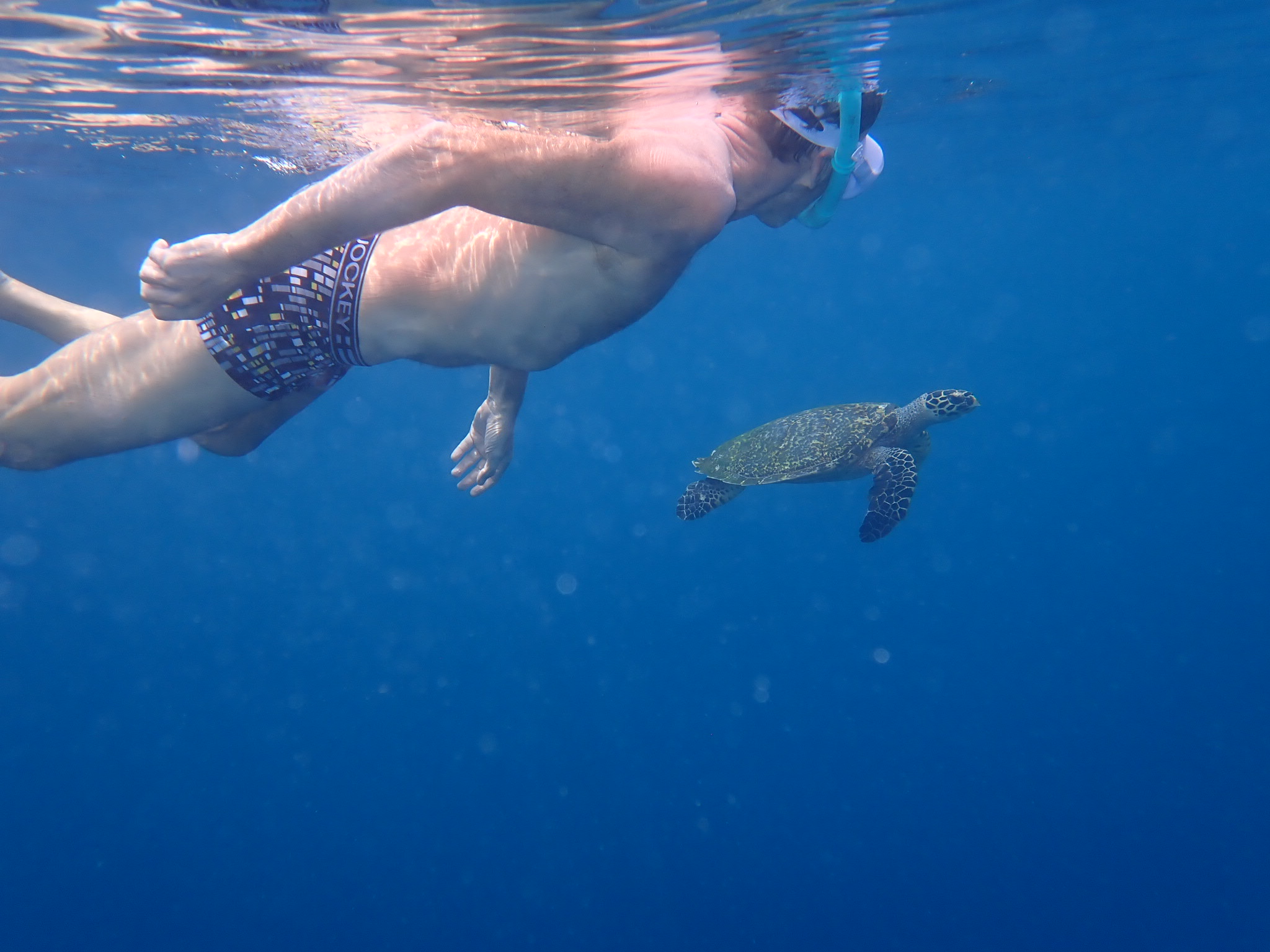
4. IT MAY BE THE PLACE WHERE CORAL REEFS BEGAN
The Coral Triangle is the grandaddy of marine areas. No, really! Researchers in reef sciences have suggested that the Triangle was the historical point of origin for many species of coral on Earth. When speaking about the corals found in the Triangle’s murkier waters, Dr Johnson from the Natural History Museum said: “These corals were the way things used to be, possibly before any corals moved into the clear, light water people imagine for modern reefs.”
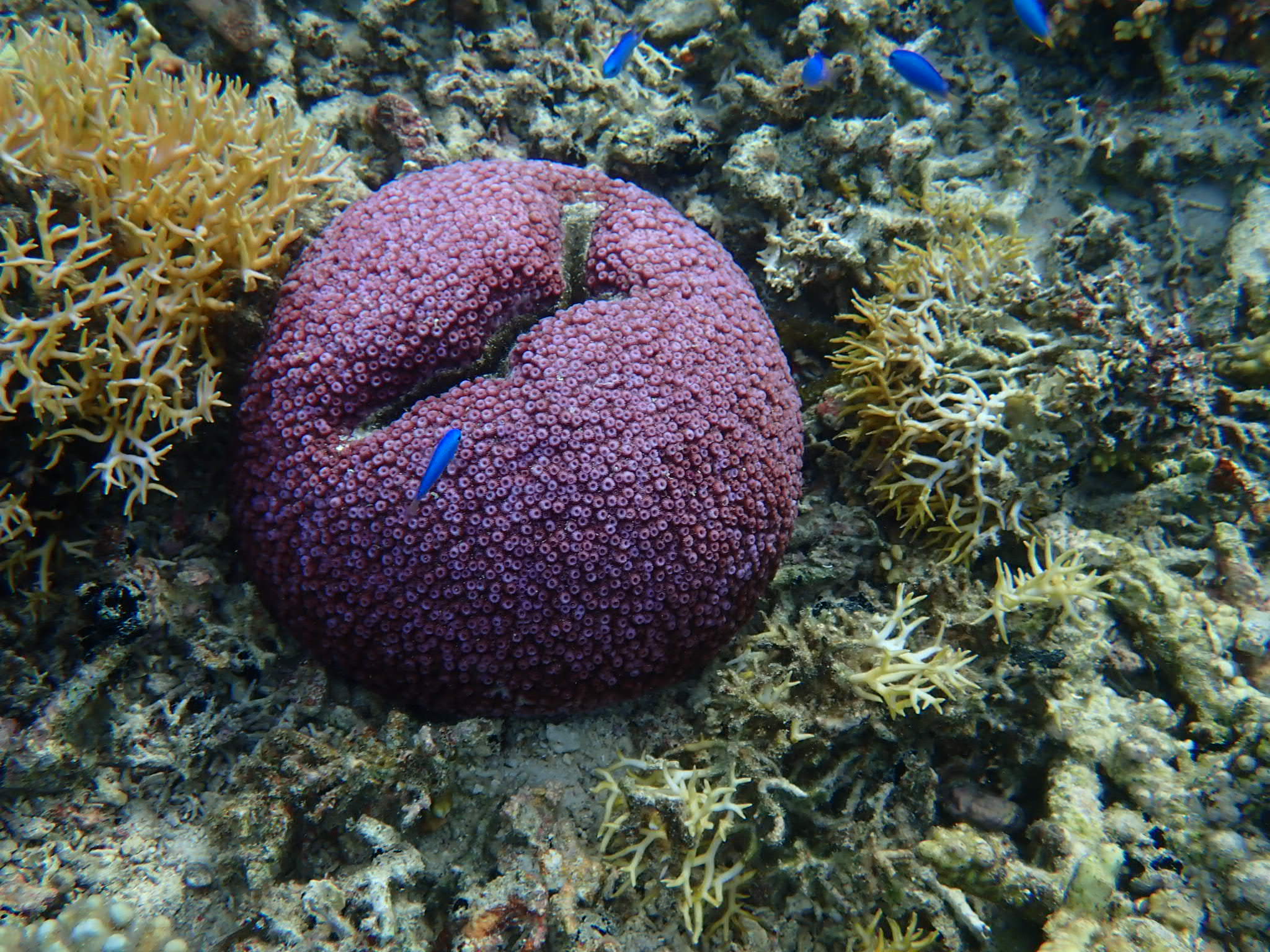
5. WHALES LIVE HERE TOO
But it’s not all about coral reefs and tropical reef fish. Did you know that whales, dolphins, porpoises, dugongs and whale sharks also feed, breed and migrate in the waters of the Coral Triangle? The island straits and passages found in this region provide a vital migration corridor for many cetaceans traveling to and from the Pacific and Indian Oceans. Raja Ampat alone is visited by at least 16 species of whale and dolphin. If you’re lucky, you might spot the largest mammal ever to live on Earth – the Blue Whale!

6. IT PROTECTS MILLIONS OF PEOPLE
Did you know that healthy reefs act as natural barriers to soften the blow from typhoons, powerful waves and tsunamis? A 2018 study found that without the protection of coral reefs, destruction to coastal communities in the Coral Triangle would almost double! Countries like Malaysia, the Philippines and Indonesia could face triple the costs caused by flooding without their reefs’ protection. Yikes!

7. IT’S A GLOBAL ECONOMIC HUB
Not only does the Coral Triangle support the livelihoods of more than 120 million people in coastal communities by providing income and food, but with its tuna spawning and nursery grounds, it also feeds into a multi-billion dollar industry, supplying millions of consumers all over the world. On top of this, reef sites in these waters also contribute to a multi-billion dollar nature-based tourism industry. All the more reason to choose to dive responsibly!
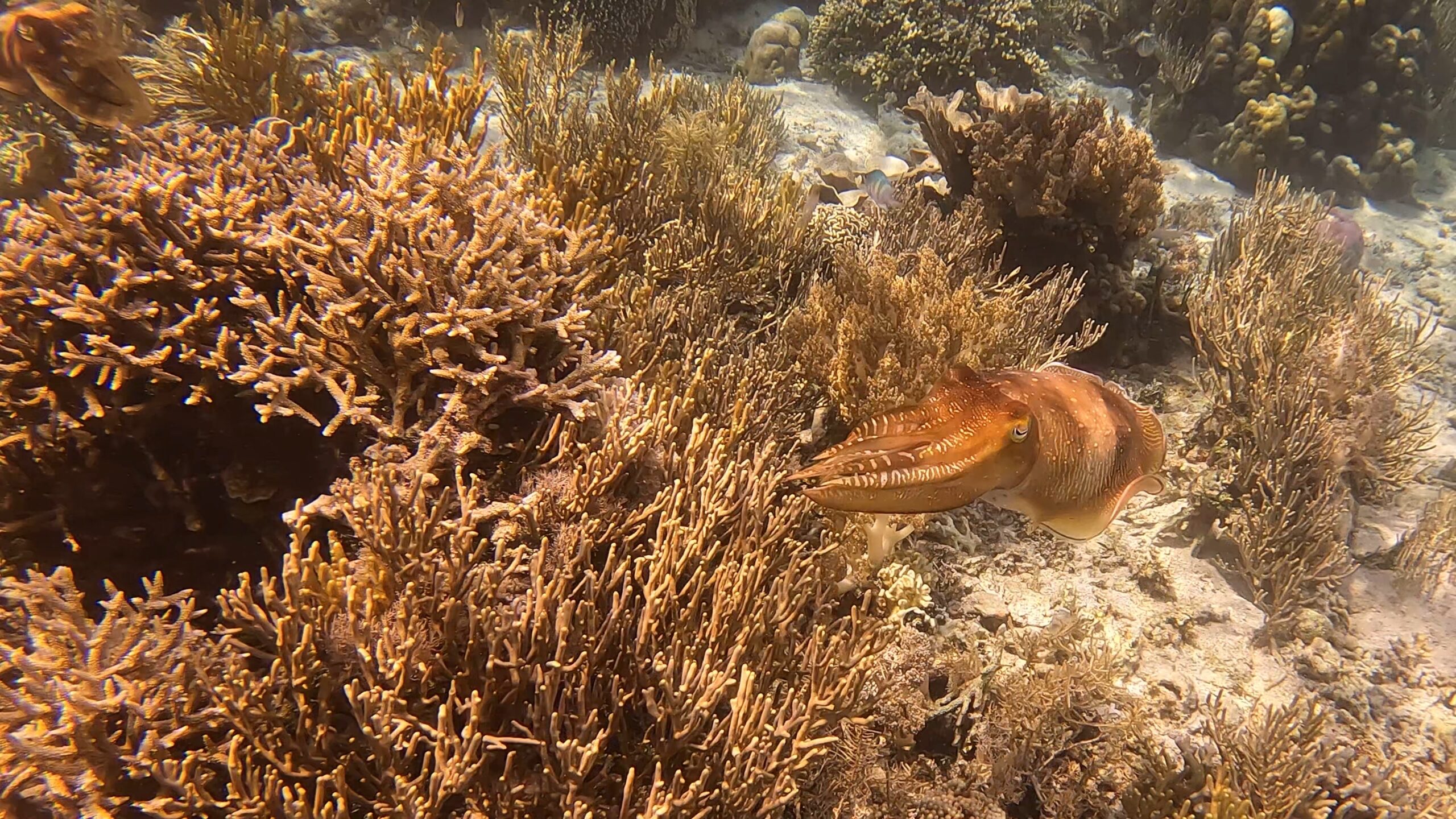
8. ITS NATURAL RESOURCES PUT IT AT RISK
Like all of our planet’s reefs, the Coral Triangle is in danger. Because of its huge economic value, the natural resources found in these waters are vulnerable to exploitation. Localized threats – like unsustainable coastal development – are a big problem. Along with increased demand for tuna, shark-fin and live reef fish (for aquariums) often involve cyanide fishing, which destroys species numbers and precious habitats. As if that wasn’t bad enough, it also faces the global threat of warming seas (a result of climate change), pushing many species to the brink of extinction.
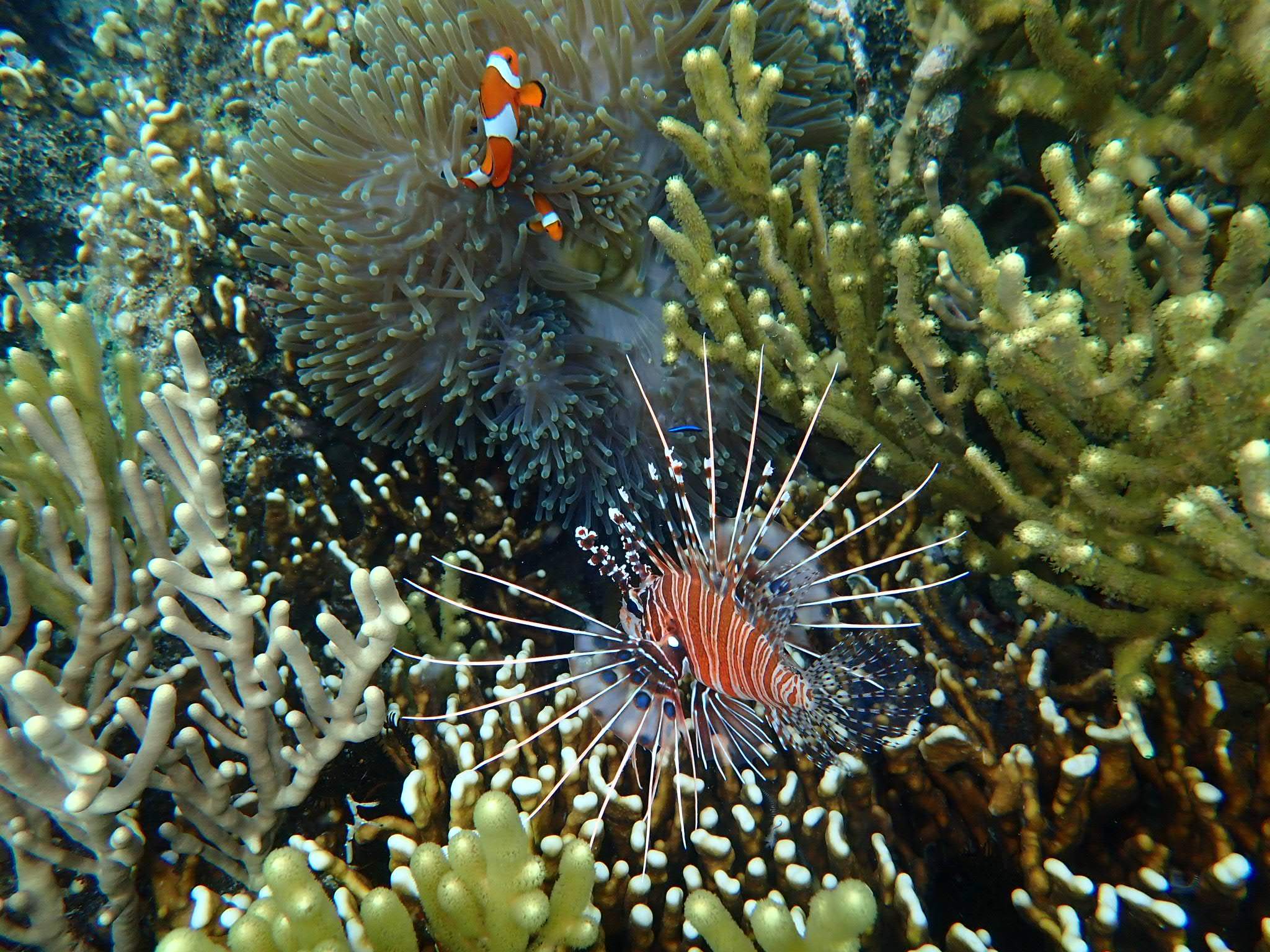
We’re proud of running our eco-sensitive trips in The Coral Triangle, The Spectacular Naked Sail and The Deluxe Naked Sail. What’s your passion – are you more into fish, whales, or turtles? Does the idea of seeing variety in such a small space get you excited? How about being amidst 600 different types of coral? We’re really curious to hear what specific parts of the area you’d find most interesting…

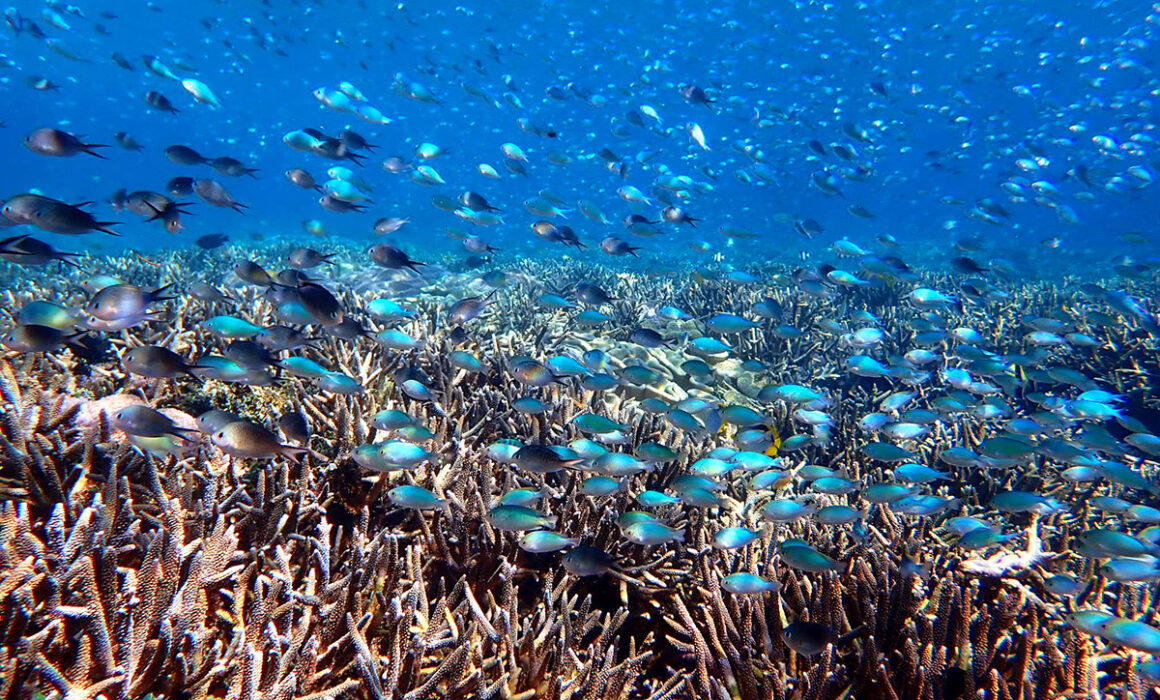
Thank you so much for sharing this article. As a life long learner and naturist , I learned so much and would strongly recommend that this article be posted to more sites.
Fabulous article. This has given me the insight of coral reefs. I had studied in my environmental studies. I Enjoyed reading this article.